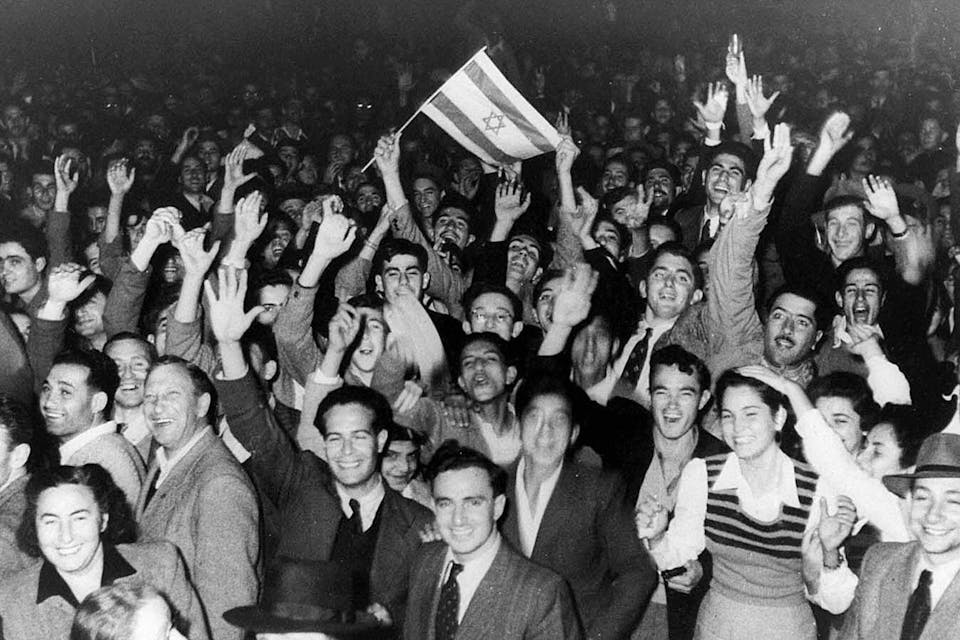
September 23, 2021
Whose Rights Did Israel Recognize in 1948?
In all but one of the instances in which "rights" appear in the Israeli declaration, they refer to a collective right, not an individual one.
This is the sixth installment in the historian Martin Kramer’s series on how Israel’s declaration of independence came about, and what the text reveals about the country it brought into being. Previous installments can be seen here.—The Editors
Individual rights, one of the great legacies of the Enlightenment, lie at the very center of the American Declaration of Independence. The most famous passage is this one: “We hold these truths to be self-evident: that all men are created equal; that they are endowed by their Creator with certain unalienable rights; that among these are life, liberty, and the pursuit of happiness.” The list would later be elaborated more fully in the Bill of Rights, and similar expressions can also be traced through the French Declaration of the Rights of Man to the UN’s Universal Declaration of Human Rights.
Israel’s declaration of independence also speaks of rights. But while much in the declaration draws on the American model, there is a clear departure. As the jurist Elyakim Rubinstein has pointed out, in all but one of the numerous instances in which the words “right” and “rights” appear in the Israeli declaration, they refer to a collective right, not an individual one.